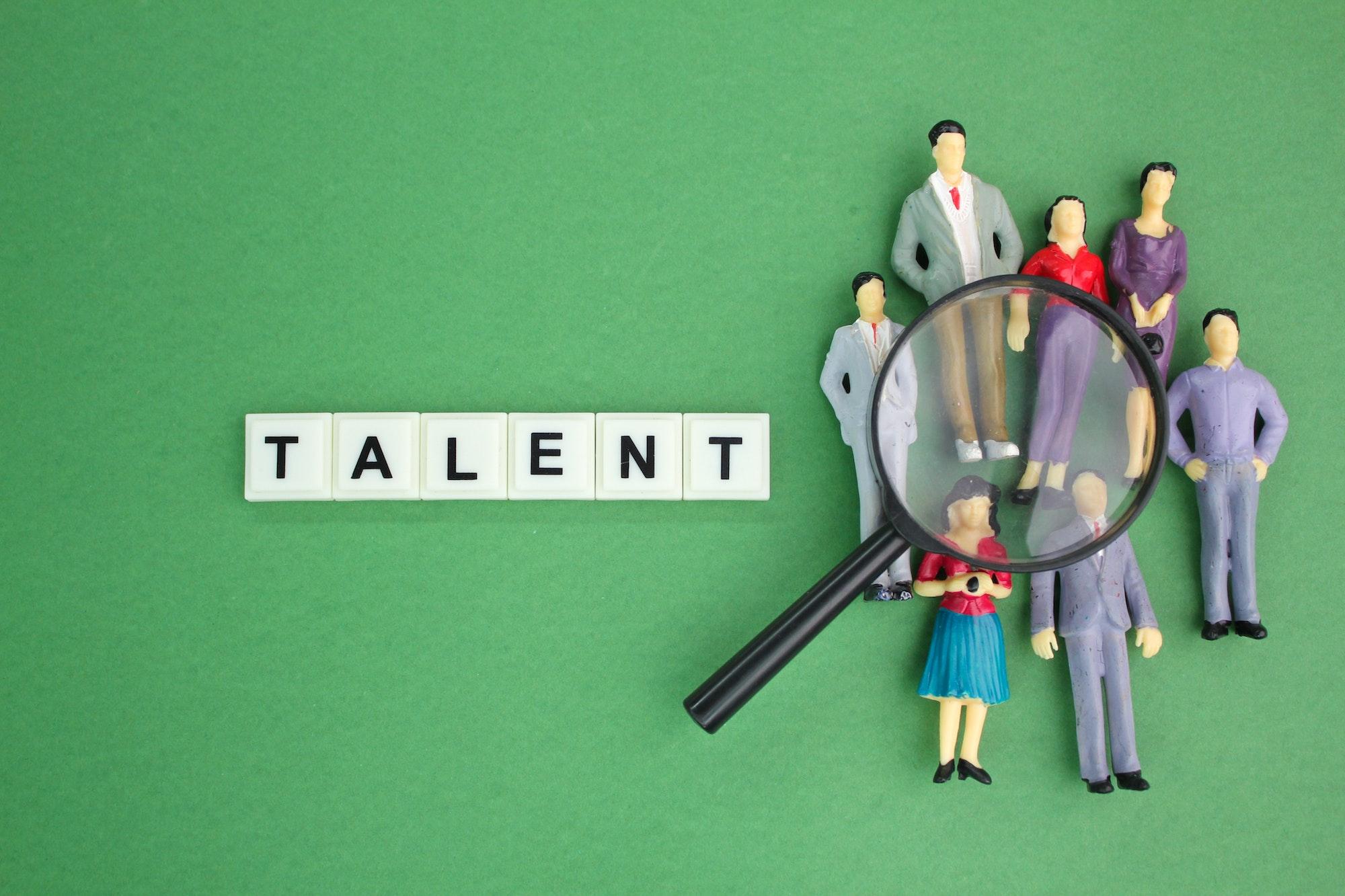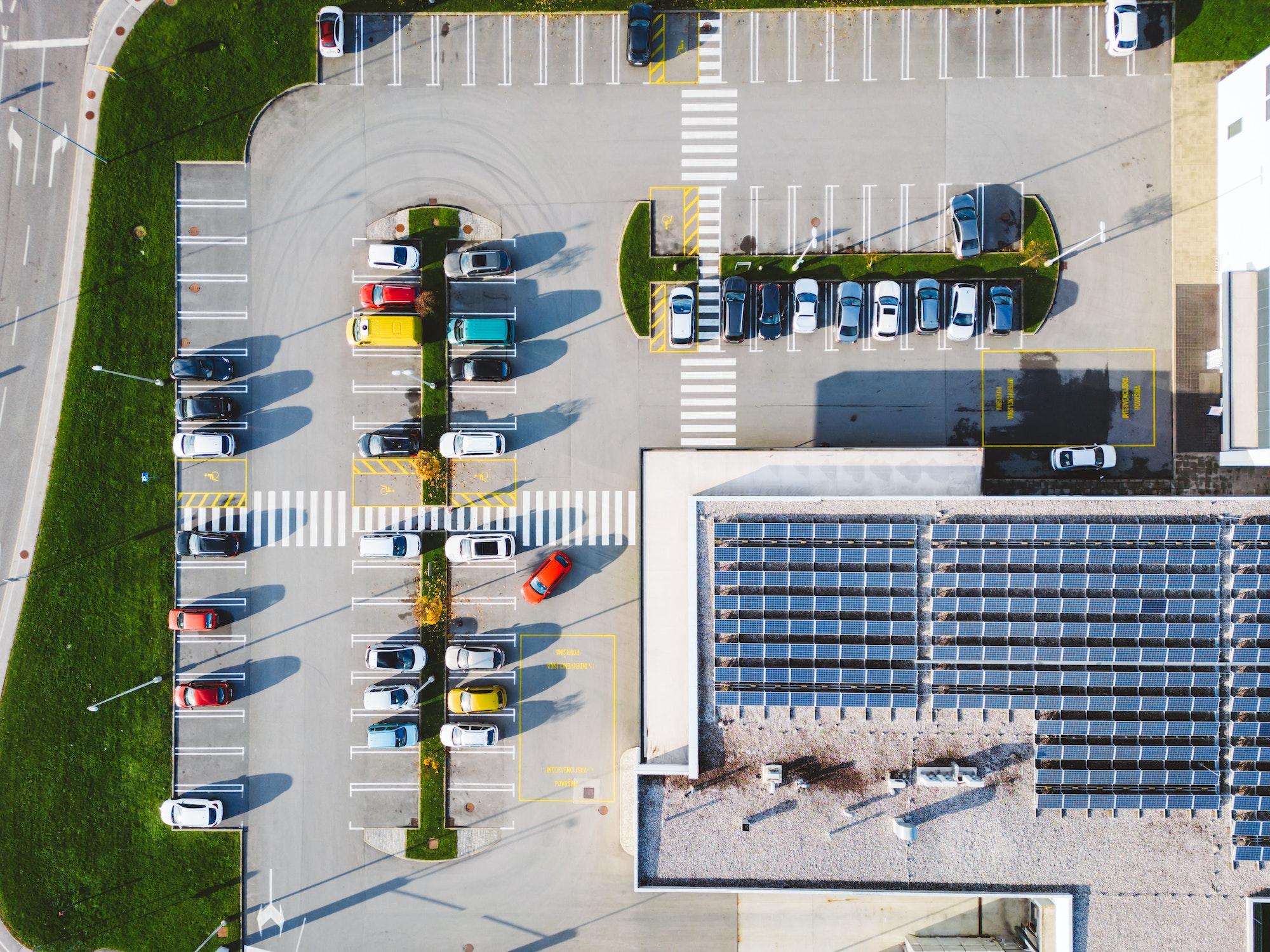
Have you ever wondered how some companies manage to keep their employees motivated, engaged, and enthusiastic about their work? It’s not just a stroke of luck or a magical formula; it’s the power of gamification in the workplace.
In this article, we’ll explore how gamification can transform the dynamics of your office environment and create a highly motivated workforce.
Understanding Gamification in the Workplace: Beyond Points and Badges
1. What is Gamification?
Before we dive into the nitty-gritty, let’s demystify gamification. It’s not just about handing out points and badges for completing tasks.
Imagine your work setting as a vast adventure where challenges are opportunities and achievements are celebrated like conquering levels in a game.
Therefore, gamification involves integrating game mechanics like competition, achievement, and collaboration into your daily tasks to make them more exciting.
2. The Psychology Behind Gamification in the Workplace
Human psychology plays a pivotal role in the success of gamification. We’re wired to seek rewards and recognition for our efforts.
When you introduce elements of gamification, such as setting milestones and offering rewards, you tap into this intrinsic motivation.
As employees strive to accomplish these smaller goals, a sense of accomplishment fuels their overall engagement.
Benefits of Gamification in the Workplace
1. Enhanced Employee Engagement
Picture this: You’re working on a project, and as you achieve milestones, you earn experience points.
Indeed, these points bring you closer to unlocking a virtual badge of accomplishment. This process keeps you engaged, right?
That’s precisely what gamification does. By infusing elements of game-playing into work, employees become active participants in their tasks, rather than passive bystanders.
2. Fostering Healthy Competition
Who doesn’t love a bit of friendly competition? Gamification introduces a sense of challenge by allowing employees to compete against each other in a fun and non-stressful way.
Whether it’s a leaderboard showcasing top performers or a reward for reaching a certain target first, healthy competition can drive productivity and innovation.
3. Skill Development in Disguise
Learning new skills can sometimes feel like a daunting task. But what if you could learn while having fun?
Gamification can also turn skill development into an enjoyable journey.
Completing training modules could be like conquering different levels of a game, making the process engaging and memorable.
Implementing Gamification in the Workplace: Where to Begin
Now that you’re intrigued by the potential of gamification, how do you go about implementing it in your workplace?
1. Set Clear Objectives
Start by identifying the specific goals you want to achieve through gamification. Is it to increase employee collaboration? Improve task completion rates?
Once you have clarity on your objectives, you can design game mechanics that align with them.
2. Choose the Right Tools
Thankfully, you don’t have to be a tech wizard to implement gamification. Indeed, many platforms offer gamification solutions tailored to different industries.
From point systems to virtual rewards, these tools can be customized to suit your company’s culture and needs.
3. Keep the Element of Surprise
Just like in a game, surprises can add an extra layer of excitement. Introduce unexpected rewards or challenges to keep employees on their toes.
Also, the element of surprise maintains the burstiness of the experience, ensuring that monotony never sets in.
Measuring The Success of Gamification in the Workplace: Metrics that Matter
As with any strategy, tracking the impact of gamification is essential. Here are some key metrics to consider:
1. Participation Rates
Are employees actively participating in the gamified tasks? Low participation might indicate that your approach needs tweaking.
2. Task Completion Time
Is gamification helping employees complete tasks more efficiently? If you notice a decrease in task completion time, it’s a sign that gamification is driving productivity.
3. Employee Feedback
Ultimately, your employees’ opinions matter the most. Regularly gather feedback to understand their experience with gamification. Their insights can guide you in making improvements.
Gamification in the Workplace: The Evolution of Motivation
In the ever-evolving landscape of workplaces, traditional methods of motivation are gradually making way for innovative approaches like gamification.
Therefore, just as a skilled gamer strategically navigates levels, gamification empowers employees to conquer their professional challenges with enthusiasm and vigor.
Use Gamification in the Workplace to Address Inappropriate Behavior
In every workplace, there are moments when certain behaviors need a bit of tweaking.
Whether it’s consistent tardiness, a lack of collaboration, or a dip in productivity, addressing Inappropriate behavior is crucial for maintaining a positive work environment.
This is where gamification steps in, offering a creative and effective way to tackle these issues.
1. Define the undesirable Behavior
Before you can address Inappropriate behavior through gamification, you need to identify the behavior that needs improvement.
Is it missed deadlines, a negative attitude, inappropriate conversations, lying in the workplace, or excessive distractions?
By pinpointing the behavior, you can tailor the gamified approach to target that specific issue.
2. Create Engaging Challenges
Once you’ve identified the behavior, it’s time to design challenges that encourage employees to break those habits.
Also, think of these challenges as quests in a game; they should be achievable, engaging, and tied to the desired behavioral change.
For instance, if punctuality is a concern, a challenge could involve earning points for arriving on time.
3. Introduce Reward Systems
Rewards act as powerful motivators. In the gamification framework, rewards can take the form of points, badges, or even tangible incentives like gift cards.
The catch? Employees earn these rewards by successfully modifying their behavior. The allure of rewards keeps participants committed to the challenge.
4. Monitor Progress and Provide Feedback
Regular check-ins are essential to tracking progress. Use technology to keep tabs on how individuals are faring with the challenges.
If someone is showing improvement, acknowledge their efforts. Similarly, if someone is struggling, offer guidance and encouragement.
The feedback loop keeps participants on track and engaged.
5. Celebrate Success
When someone successfully transforms their behavior, it’s time to celebrate. Just like winning a level in a game, celebrate their achievement with enthusiasm.
This not only boosts morale but also reinforces the idea that positive change is valued and recognized in the workplace.
6. Continual Refinement
Gamification is not a one-size-fits-all solution. As you address bad behavior using gamification, be open to refining your approach.
Also, analyze the results, gather feedback from participants, and make adjustments as needed.
The iterative nature of gamification ensures that you’re always improving the process.
7. Spread the Positive Vibes
As gamification starts yielding positive results, its impact can extend beyond the targeted individuals.
The success stories serve as inspiration for others to step up their game and participate in the challenges.
The ripple effect creates a more harmonious workplace culture.
8. Turning Challenges into Opportunities
Gamification isn’t just a tool for boosting productivity; it’s also a potent strategy for addressing bad behavior.
Therefore, by transforming the process of change into an engaging game, employees are more likely to embrace the journey of improvement.
From defining behavior to celebrating successes, gamification offers a framework that turns challenges into opportunities for growth.
So, the next time you encounter a behavioral hiccup in your workplace, remember that gamification might just be the playful solution you’ve been looking for.
Diverse Gamification Strategies: Addressing Varied Workplace Challenges
This table highlights additional challenges that can be addressed using gamification in the workplace, along with specific gamification strategies and the corresponding benefits.
It demonstrates how gamification can be tailored to various aspects of employee behavior and engagement, beyond the scope of the main blog post.
| Challenges Addressed | Gamification Strategy | Benefits |
|---|---|---|
| Lack of Knowledge Sharing | Introduce a knowledge-sharing challenge where employees earn points for sharing insights. | Encourages knowledge exchange, enhances teamwork, and builds a culture of learning. |
| Resistance to Change | Implement a “Change Champion” challenge, rewarding employees who actively embrace and adapt to changes. | Fosters a positive attitude towards change, increases adaptability, and reduces resistance. |
| Low Employee Wellness | Create a wellness challenge with physical activity goals, offering rewards for maintaining healthy habits. | Improves overall employee health, boosts morale, and creates a more balanced workplace. |
FAQs: Answers to Common Questions About Gamification in the Workplace
1. What is gamification in the workplace? And How is gamification used in the workplace?
Gamification in the workplace involves incorporating game-like elements, such as challenges, rewards, and competition, into daily tasks and processes to enhance employee engagement and motivation. By infusing a sense of play and achievement into work activities, companies can create a more dynamic and stimulating environment, ultimately fostering a motivated and enthusiastic workforce.
2. How does gamification address bad behavior?
Gamification serves as a creative and effective strategy to address bad behavior in the workplace. By transforming behavior improvement into engaging challenges, employees are encouraged to actively participate in the process of change. Through the introduction of rewards, such as points or badges, for displaying positive behavior, individuals are motivated to modify their actions and contribute to a more harmonious and productive work atmosphere.
3. Can gamification really improve employee performance?
Yes, strategies like setting up a smart office device environment and gamification have the potential to significantly enhance employee performance. By introducing elements like healthy competition and achievement-based challenges, gamification boosts employee engagement and participation. This heightened engagement translates into improved task completion rates, enhanced collaboration, and a greater commitment to skill development. As a result, overall employee performance experiences positive growth.
4. What kind of rewards are used in workplace gamification?
In workplace gamification, a variety of rewards are utilized to motivate employees. These rewards can include virtual badges, points, recognition within the company’s gamified system, and even tangible incentives like gift cards or additional time off. Indeed, the key is to offer rewards that align with employees’ preferences and effectively incentivize the desired behaviors, ensuring a successful integration of the gamification strategy.
5. Is gamification a one-time solution for behavior issues?
No, gamification is a continuous and evolving approach to addressing behavioral issues. It’s important to understand that behavior change takes time and consistent effort. Gamification, as an iterative process, involves regular monitoring of progress, collecting feedback from participants, and refining the challenges and rewards based on the outcomes observed. This ongoing refinement ensures that behavior issues are not just temporarily resolved, but are effectively managed and improved over the long term, contributing to a positive and motivated work environment.
Conclusion
Gamification isn’t just a buzzword; it’s a game-changer. By leveraging the principles that make games so engaging, companies can transform their workplace into a thriving ecosystem of motivated employees.
Remember, it’s not about turning work into a game; it’s about infusing the spirit of play into work.
So, are you ready to level up your workplace motivation through the magic of gamification? The adventure awaits!











